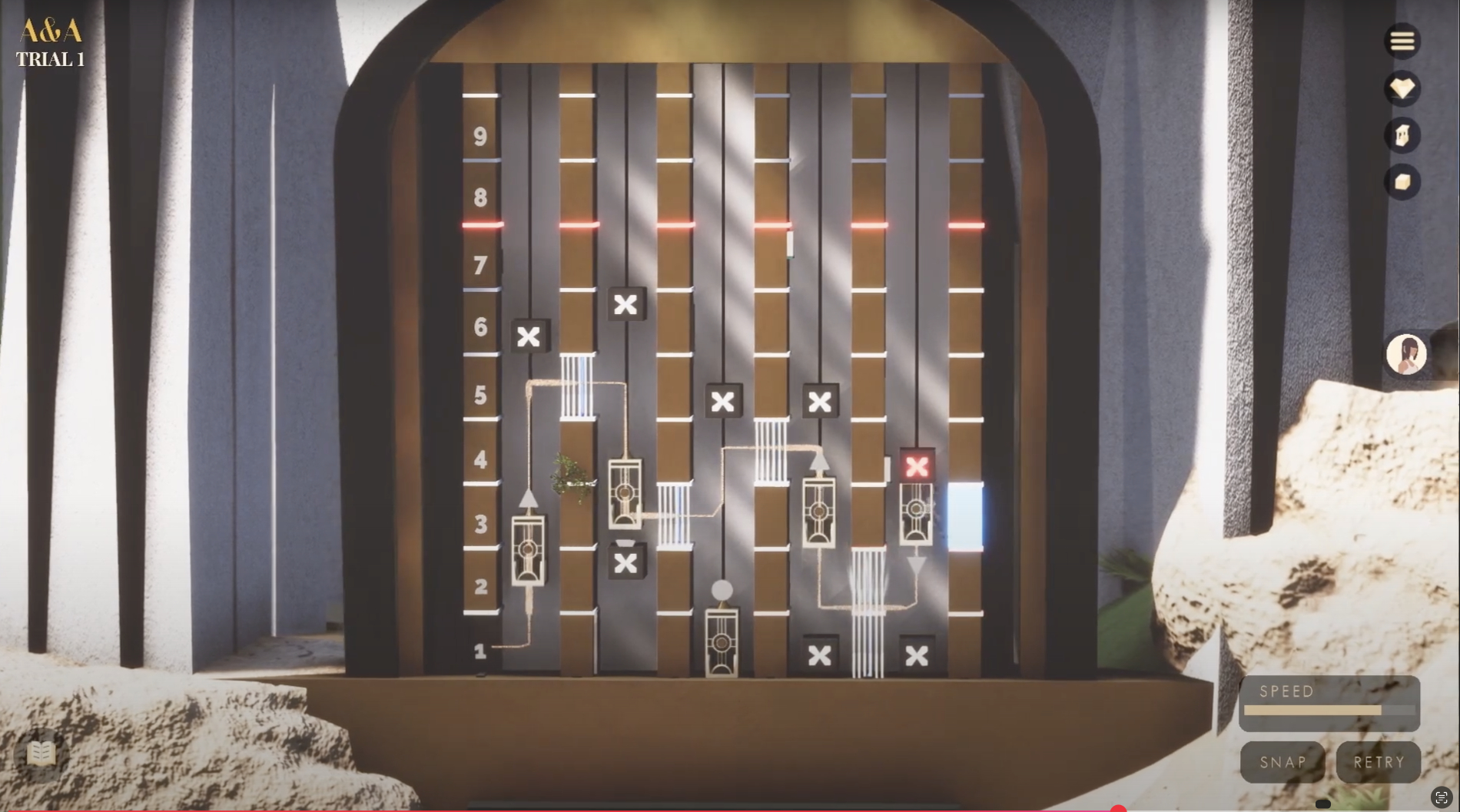As a CX leader, you clearly know how essential customer experience is to long-term business success. But knowing isn’t enough, especially when you’re seeking funding, headcount, or executive support.
To make real progress, you need more than a compelling narrative. You need a powerful business case. And that means speaking the language of your CFO.
Here’s the good news: bridging the gap between customer experience and finance is not only possible—it’s one of the smartest moves you can make.
Below are five reasons why every CX leader should build a strong partnership with their finance team:
The following post references our latest e-guide, “The CX Leader’s Guide to the CFO: A how-to workbook to build a finance-friendly CX business case”. To download the free e-guide, click here!
1. Strategic expertise that strengthens your program
Let’s be honest, most CX leaders aren’t financial experts. That’s okay. But to get your program funded and prioritized, you need alignment with company-wide strategy and budget realities.
That’s where the CFO comes in. A strong finance partner provides strategic guidance on where CX fits into broader business goals. They also help evaluate cost structures, frame the investment conversation, and align your CX program with key priorities like growth, risk management, and long-term value creation. According to McKinsey, companies that align customer experience with strategic priorities see 15–20% improvement in sales conversion rates and reduce churn.
Pro tip: Invite Finance into the planning phase of your next initiative, not just the pitch. Their input early on will help your program land better later.
2. New insights from familiar metrics
You might already track metrics like NPS or CSAT. But finance leaders think in terms of metrics like customer lifetime value (CLV), acquisition costs, or average recurring revenue (ARR).
By collaborating with your CFO, you’ll gain access to new layers of analysis that connect CX results to business impact. Want to prove your program reduces churn, increases retention, or drives revenue per customer? Finance has the data and tools to help you tell that story.
Bottom line: Better insights lead to better decisions and stronger top-line results.
3. Executive advocacy opens doors and broadens impact
In organizations without a Chief Experience Officer, having a CX-savvy CFO can be a game-changer.
Your CFO acts as a powerful advocate across the executive team, the board, and investors. When your finance team champions CX, it brings legitimacy, visibility, and urgency to your initiatives—and increases the likelihood that you’ll get the resources you need.
They can:
- Elevate CX in cross-functional discussions
- Help prioritize it within business-wide strategies
- Advocate for budget and technology investments
- Link CX efforts to enterprise goals and ROI
4. A culture that puts the customer first
It’s one thing to say your customer-centric—it’s another to show it at every level of the organization.
According to Forrester, customer-obsessed companies are 4x more likely to achieve 10%+ revenue growth year over year. Building that kind of culture starts with buy-in from the top, including the CFO.
When your finance team backs CX, it sends a strong signal to the rest of the business: the customer experience matters. This type of alignment helps everyone—from product to support to marketing—rally around delivering consistently excellent experiences.
5. Program (and job) security in tough times
Economic uncertainty. Budget scrutiny. Rising cost pressure. In challenging business environments, customer experience programs are often vulnerable to cuts, unless the CFO sees them as a source of long-term value.
A CFO who understands the ROI of CX is less likely to view it as a soft cost. Instead, they’ll advocate for protecting (or even expanding) CX budgets because they know the payoff: higher retention, stronger margins, and increased revenue.
Continue reading
There’s never been a more important time to invest in customer experience—and right now is a critical moment for CX leaders to build the kind of business case that drives real investment and lasting impact.
Want to keep reading? Download “The CX Leader’s Guide to the CFO: A How-To Workbook to Build a Finance-Friendly CX Business Case”.
In this practical workbook, you’ll learn:
- Why aligning with Finance is essential to proving CX value
- How to translate CX metrics into financial outcomes
- What CFOs care about and how to speak their language
- 5 key financial KPIs every CX leader should understand
- A step-by-step framework to build a winning CX business case
Or if you want to see how Alchemer can help you build and scale your CX programs, checkout out some of our other resources or request a demo!













